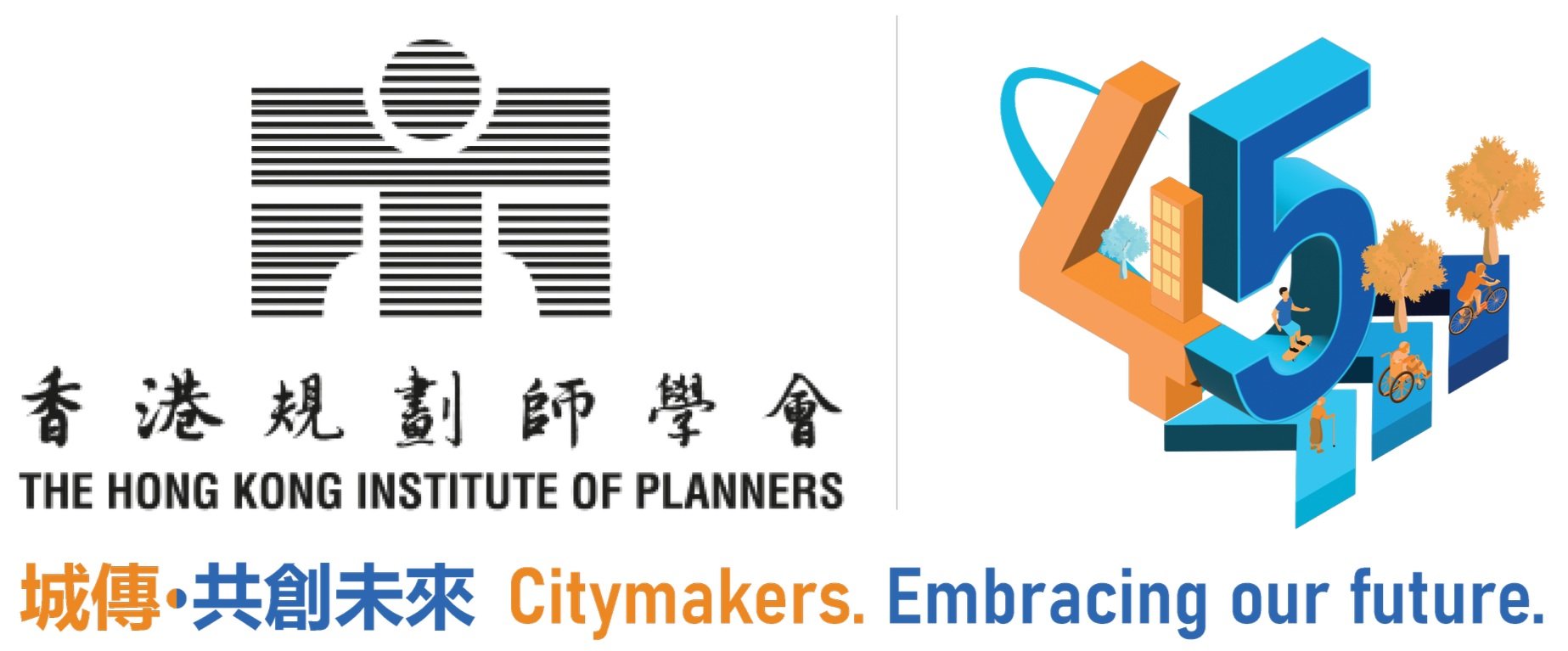Planning for Pedestrians in Hong Kong (Nov 2002)
The Hong Kong Institute of Planners (HKIP) responds to the motion in the Hong Kong SAR Legislative Council in relation to the planning of elevated pedestrian walkway systems in Hong Kong as follows.
The motion urges the Government to adopt the 'pedestrian priority' principle and conduct a territorial wide review of the existing elevated pedestrian walkway systems. The motion proposes that the Government should develop, at suitable locations, new elevated walkway systems that promote sightseeing activities, are well connected and have attractive special design features. The Government is also urged by the motion to formulate policies, design codes and specific measures to improve Hong Kong's street-side environmental quality, minimize pedestrian / vehicle conflicts, and to provide barrier free facilities. The policy objectives of pedestrian elevated walkway system planning should enhance pedestrian safety and improve the quality of the pedestrian environment of our city.
The HKIP supports the motion and puts forward the following specific additional recommendations:
1. Elevated walkway is not the only solution for a pedestrian priority scheme. The Government should encourage a more comprehensive approach in the planning of our pedestrian environment. Elevated pedestrian walkways are only one component of the pedestrian environment in our city. Planning for pedestrians should be a holistic concept and a specific public policy that put the pedestrians first within our urban environment. Planning for pedestrians should be promoted based on a comprehensive approach that encompasses all the following elements :
Pedestrian areas (plaza and square)
Elevated walkways
Pedestrian underpasses
Street side pavement and street furniture
Waterfront promenades
Parks and urban open space
2. It is very important to acknowledge that street level activities are part of our city. Street related activities have brought richness, liveliness and attractiveness to our city and they should be protected and encouraged.
3. Elevated walkways should be proposed taking into consideration of their appropriateness in the particular locations. When elevated pedestrian walkways are proposed, their impacts on any existing street level activities and the characters or the streets must be carefully assessed. This issue is of particular relevance when new pedestrian walkways are planned for the older parts of our city and when urban renewal projects are proposed. In addition, pedestrian walkways should be planned to provide safe and convenient linkages to public transportation facilities.
4. When proposed elevated walkway systems are proposed in established urban areas such as Wanchai, Causeway Bay, Tsim Sha Tsui, Yaumatei and Mongkok where street level activities are prominent, a versatile approach incorporating pedestrianization, streetscape improvement and urban design control is needed to protect the street character.
5. We would also like to urge the Government to incorporate public art elements into our pedestrian walkway systems and pedestrian areas. Public art should be part of the overall design concept and the public spaces associated with pedestrian walkways are excellent location to promote public art as part of our city culture.
6. Elevated walkways and also pedestrian underpass should be designed as attractive and interesting spaces. The Government should ensure urban design consideration be fully examined in the planning and design of these walkway projects. It is proposed that the Government should undertake local design competitions for planned elevated or underground walkways in prominent locations in our city.
7. Planning for pedestrians should be supported by a proactive cross government bureau/department policy. In order to support the proposed policy, the Government should proactively prepare a pedestrian walkways / pedestrianization master plan as well as an implementation plan. The success of this plan depends critically on the concerted effort of the various bureaux / departments on land use planning, environmental protection, land administration, highway construction, transportation planning as well as building plan approval. An important element of this plan should be the setting up of a mechanism to encourage the participation of the private landowners and developers in the implementation of the comprehensive systems.
Public Affairs Committee
Hong Kong Institute of Planners
19 November 2002
